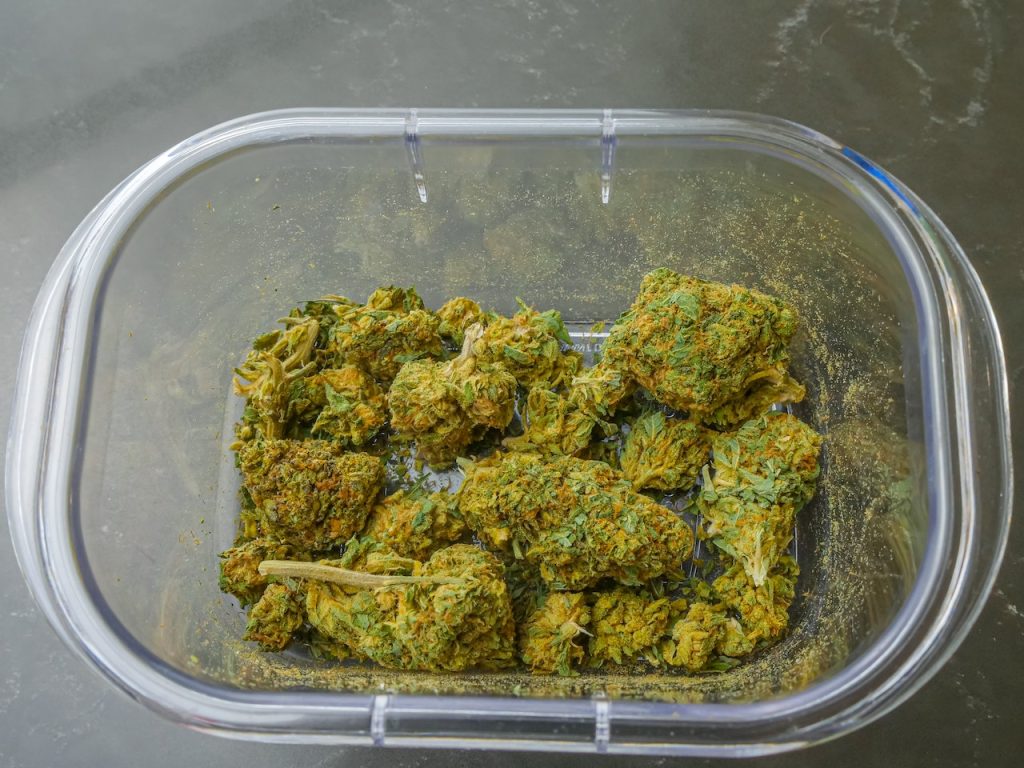
Another paper in the European Diary for Science follows the historical backdrop of marijuana through “millennia of contact with humanity,” taking note of the plant’s heritage as a wellspring of fiber, sustenance, medication, otherworldliness and delight.
Simultaneously, it noticed that pot “is maybe quite possibly of the best discussion in contemporary mankind” and a vital driver of the cutting edge battle on drugs.
The paper, “From old Asian relics to contemporaneity: A survey of verifiable and synthetic parts of Marijuana,” was composed by Gabriel Vitor de Lima Marques and Renata Barbosa de Olivera, of the drug store division at the Government College of Minas Gerais in Brazil.
The weed plant seems to have first been utilized for its fiber, as a material for ropes and other fabricated products, the creators composed. Utilization of hemp fiber traces all the way back to around a long time back in old Mesopotamia and to around a long time back in China and Kazakhstan, separately.
Antiquated people groups thought about weed one of the five fundamental grains, alongside rice, soy, grain and millet, the paper proceeds. Also, whenever stalks were handled into hemp filaments, they became solid materials for ropes, sails and boat fixing, clothing, paper, creature farming from there, the sky is the limit.
“Utilized as a shocker to work with the catch of fish,” it says, “Pot is perhaps the main plant to be developed for non-food purposes.”
Consuming weed for its physiological impacts, in the mean time, traces all the way back to around quite a while back, the review says:
“The principal individuals to involve Pot as both a helpful and an opiate device were from the Indian locale, around 1000 years BCE, primarily as a result of its strict implications. The two designs were frequently connected. Depicted in the Vedas as one of the five consecrated plants, it was accepted to have emerged from a drop of amrita (hallowed nectar) that tumbled from paradise onto the earth and had the option to give pleasure and opportunity to the people who utilized it.”
Maryjane’s psychoactive impacts were likewise kept on the planet’s most seasoned pharmacopeia, the Pen Ts’ao Ching, the underlying foundations of which date back to 2,700 B.C.E.
In the Indian area, the paper proceeds, arrangements were utilized at occasions running “from additional easygoing events, for example, weddings and family social affairs, celebrations praising the approaching of the seasons like the Holi celebration, to functions of significant strict nature like Durga Puja.”
“It is perceived that maryjane is as critical and regarded for these individuals as fellowship wine or consecrated have is for Christians,” creators composed. “For its different features, ayurvedic medication utilized Pot basically as a panacea: as a pain relieving, hostile to uncontrollable, anticonvulsant, mitigating, Spanish fly and anaphrodisiac, craving energizer, treatment of female parcel infections, abortifacient, inductor of labor, among a few different applications.”
The paper’s discoveries challenge key statements by driving prohibitionists, like Kevin Sabet of Shrewd Ways to deal with Maryjane (SAM), that banning marijuana while allowing liquor is legitimate in light of the fact that liquor has a more extended history of purpose.
“The vital distinction among liquor and medication restriction,” Sabet wrote in a 2011 commentary, “lies in the actual substance. Liquor, in contrast to unlawful medications, has a long history of far and wide, acknowledged use in the public eye, tracing all the way back to before scriptural times. Unlawful medications can’t case such inescapable use by a huge piece of the planet’s populace over an extensive stretch of time.”
As the new paper makes sense of, “Semitic individuals likewise had some awareness of the psychoactive properties of Pot hundreds of years before the Christian period,” utilizing the plant definitions running “from balms to outer wounds to oral arrangements for different infirmities and ‘disorders of the soul.'”
“It was normal in the Mesopotamian/Persian district to utilize marijuana based incense in specific social customs, like burial services,” it proceeds, “which is even referenced in the Aramaic rendition of the Hebrew Scriptures of the Holy book for sweet-smelling and opiate purposes.”
While the paper doesn’t take a political situation on the sanctioning of weed, it noticed that wards all over the planet as of late have moved to legitimize or decriminalize the plant, “like South Africa, Canada, Georgia, and Uruguay, and a few states in the US,” while others — including Germany, the UK, Chile, New Zealand, and Brazil — have approved pot items for clinical use.
“Endeavors to dismantle the disgrace, sanction the utilization of the plant, and investigate potential therapeutics have been put in center throughout recent many years, because of revelations connected with the dynamic standards of Weed during the 1960s and its promising improvements for contemporary medication,” the creators composed.
People are, obviously, as yet unwinding the secrets of the pot plant, as the new blast in CBD illustrates. A new report likewise shed light on the experience of weed when it found that consuming different cannabinoids produce a more grounded, longer-enduring high than taking unadulterated THC.
And keeping in mind that development and specific rearing have generally been answerable for changes in the marijuana plant over the long haul, progressively people are graphing its course. The U.S. Branch of Farming (USDA) as of late said that a hereditarily designed hemp plant “might be securely developed and reared in the US.”